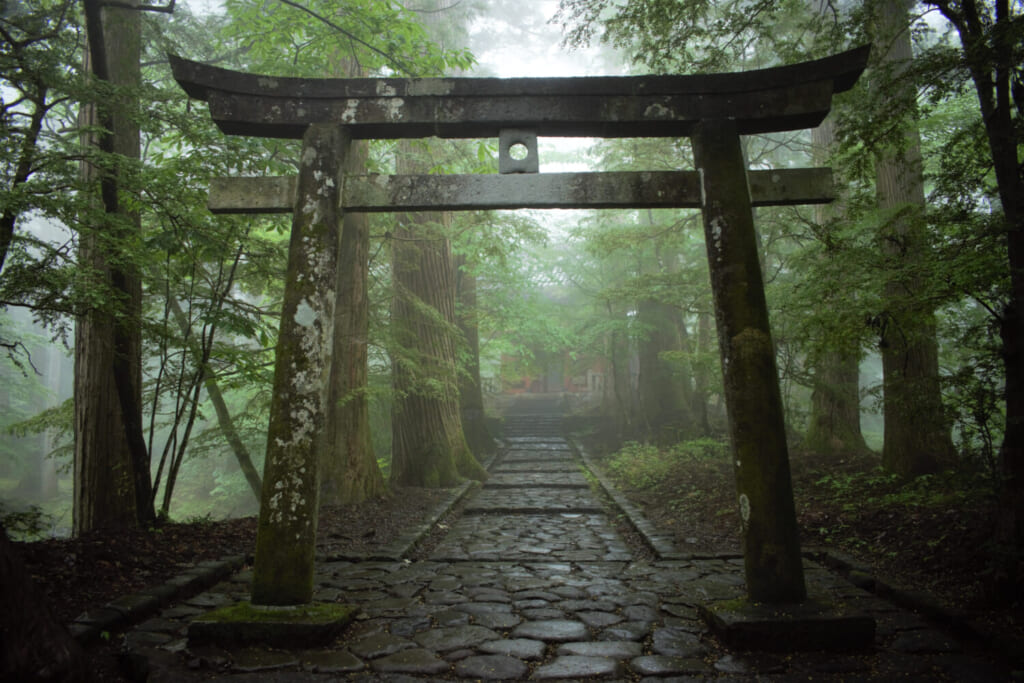
Shinto does not accept that human beings are born bad or impure; in fact, Shinto states that humans are born pure, and share in the divine soul. Badness, impurity, or sin are things that come later in life, and that can usually be gotten rid of by simple cleansing or purifying rituals.
The first misogi-purification ritual in Japan is recounted in the myth of Izanagi-Izanami in the Kojiki (Records of Ancient Matters compiled in 712).
It originated when Izanami, upon returning from Hades, the land of the dead, performed misogi-purification at Awagihara in Odo, Chikushi Hyuga Bridge, to purify the land of the dead.
Incidentally, Izanagi gave birth to various deities while performing misogi purification.
About Sin and Impurity
Sin refers to antisocial acts, pestilence, and calamities that cause fear in people.
In the Shinto world, defilement refers to the state in which one’s chi (vital energy/life force) is withered, or in other words, one’s life force is exhausted.
Death is the most common example of this depletion of the life force. At the time of death, those who are left behind are stricken with incomparable sadness and a sense of loss.
Anything that disturbs the purity of things and the tranquility of the mind is also called defilement.
The difference between Misogi and Purification
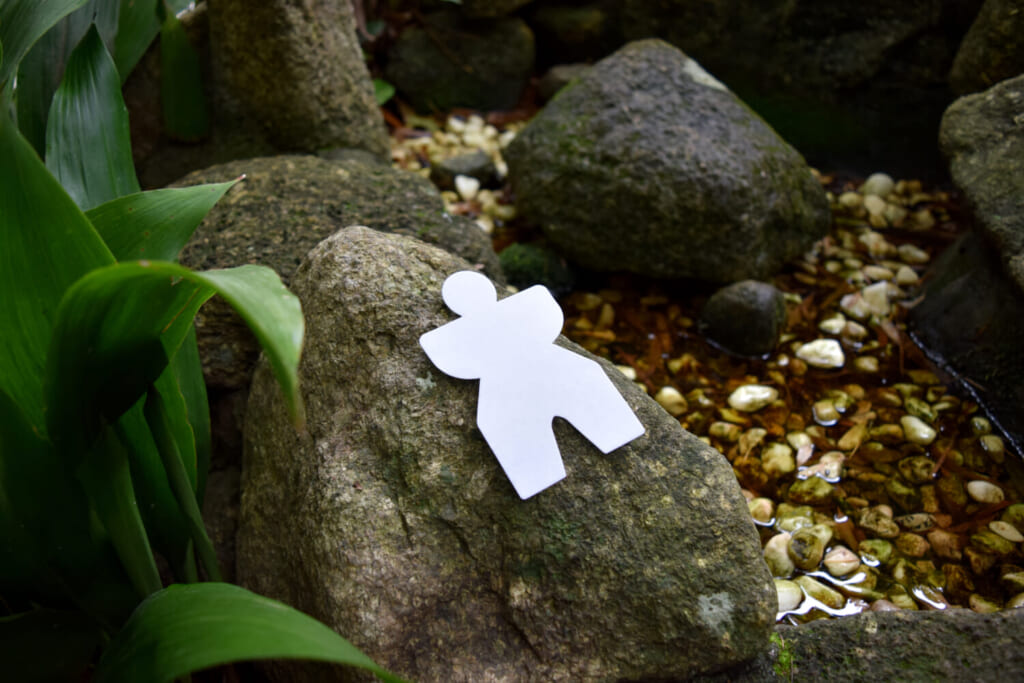
Misogi is the act of becoming clean by removing dirt and impurities from the body. Specifically, to purify oneself, one bathes in water to wash and cleanse the body.
It refers to voluntarily taking a bath or being dashed with a cascade of water. Thus, misogi is “voluntarily shaving off”.
The word “misogi” has the meaning of “I have gone through a painful process of purging myself,” or “I have offered you what I have to offer, so please forgive me.
Purification, on the other hand, is to purify one’s mind of impurity and pray to God to prevent bad things from befalling one.
This differs from misogi in that it is “altruistic”. An example of this is the Shinto prayers (prayer of congratulation) recited by a Shinto priest when you visit a shrine.
Shinto prayers are words that priests chant to the deity. The celebratory words at this time are called “ooharae-norito,” and it is “altruistic” to ask the priest to recite them or to ask the god to purify them.
The word “purify” conjures up the image of praying, “God, please purify me.”
Shinto prayers: Words of congratulation
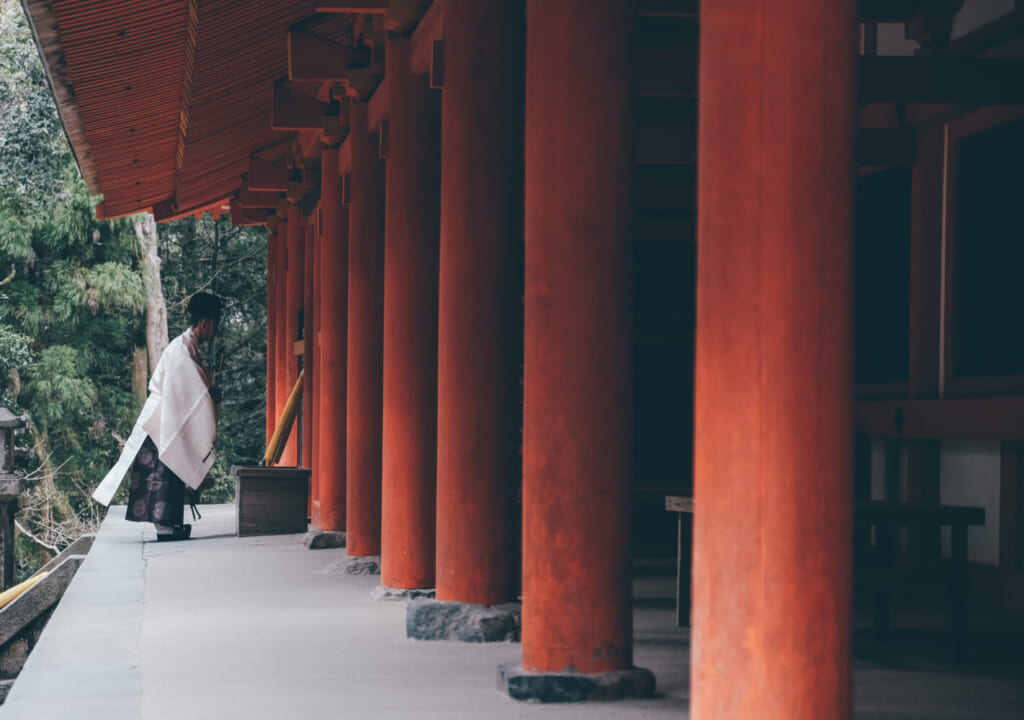
Since ancient times, people have believed that words have mystical and spiritual power and that by uttering the words, the spiritual power that resides in the words is activated.
Therefore, words of congratulation are read with the spirit of words when expressing gratitude to the gods or when making a request.
Traditionally, purification ceremonies are held at the court and shrines in June, December, and New Year’s Eve to purge away sins and impurities for six months.
Additionally, the purification rite has also been performed when there is an epidemic or natural disaster, or when an important national ceremony is held, such as at the time of the death of the emperor or the Onamesai ceremony.
Physical Benefits of Misogi
Increase in red blood cells to fight against cold and increase oxygen (heat), making the body more resistant against cold.
Blood vessels on the body’s surface dilate and blood flow becomes more active. The blood concentration changes and the internal organs become more resistant.
The Spiritual Benefits of Misogi
One is saved from a wrong life, healed of incurable diseases, and becomes healthy and long-lived. One can get rid of delusion.
One can stand in the unity of the three worlds, in the oneness of the manifest and the invisible, and in the peace and tranquility of life. To purify and deify one’s ancestors and predecessors, and to live in eternal life.
What for?
What is the purpose of purification through misogi-purification?
It is to remember that we have been given the “parting Spirit” from God.
This is because we bear the “misfortunes, sins, and defilements” of the world. In order not to forget this, we should make a habit of “misogi-purification”.
Visiting a Shrine: A Form of Purification
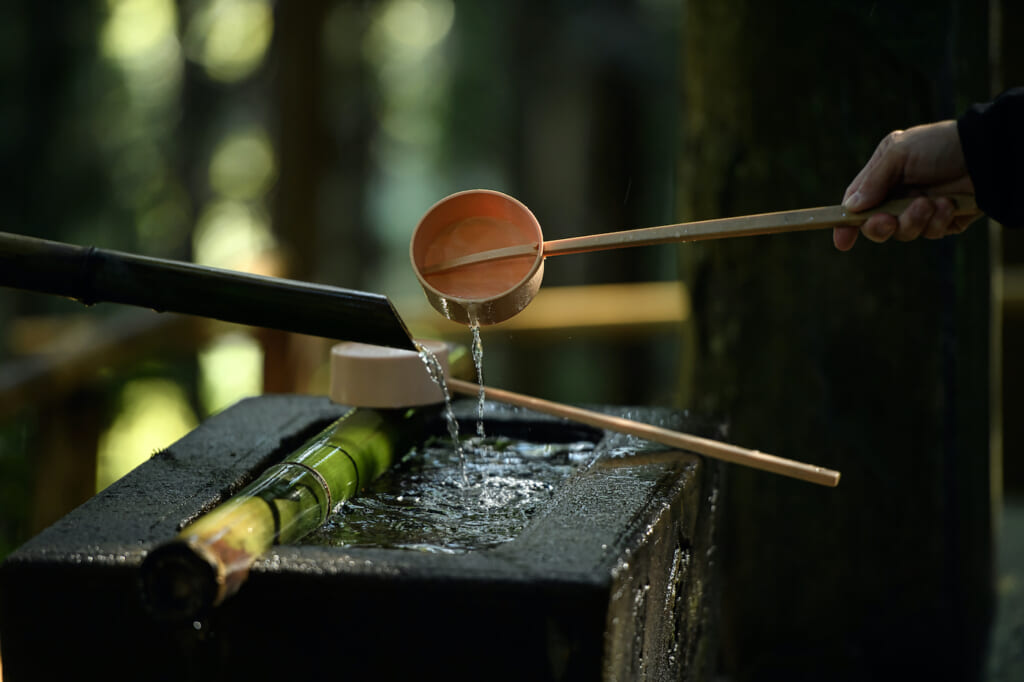
Therefore, visiting a shrine is also a form of purification. By clearing our minds through the practice of chozu (water with one’s hands) and by having a Shinto priest recite a prayer, we are saying, “Let’s make our lives happier” and “Let’s open our hearts and minds to good fortune.
Purifying Agents: Water and Salt
Water is essential for life and salt is an essential element in Shinto purification.
Misogi-purification is a ritual of purification in which Izanami returns from the land of the dead and bathes in seawater to purify herself of impurities.
Misogi, which is also a ritual of rebirth upon returning to this world from Hades, is said to be the origin of the Shinto ritual and act of purification with salt.


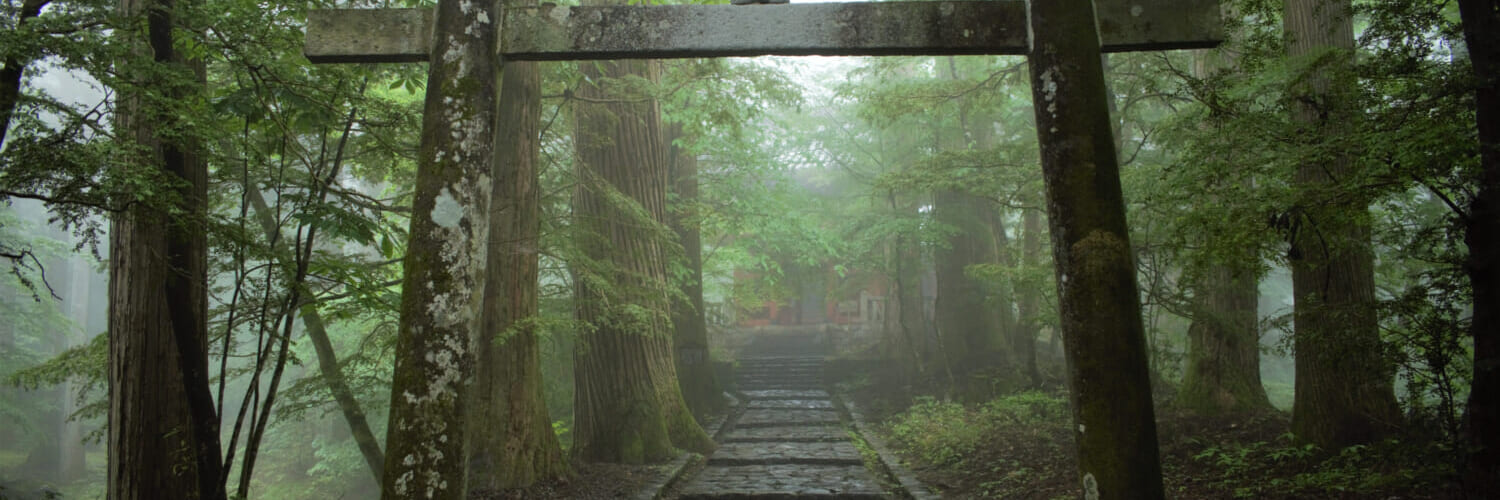
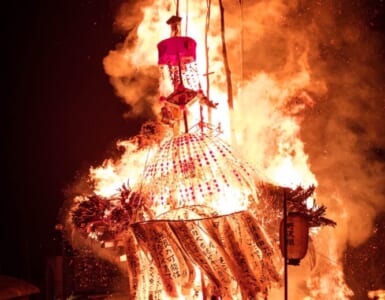
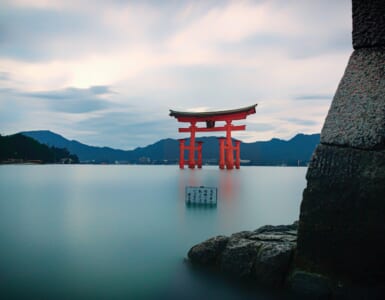
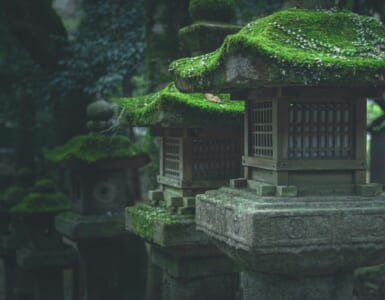


Add comment